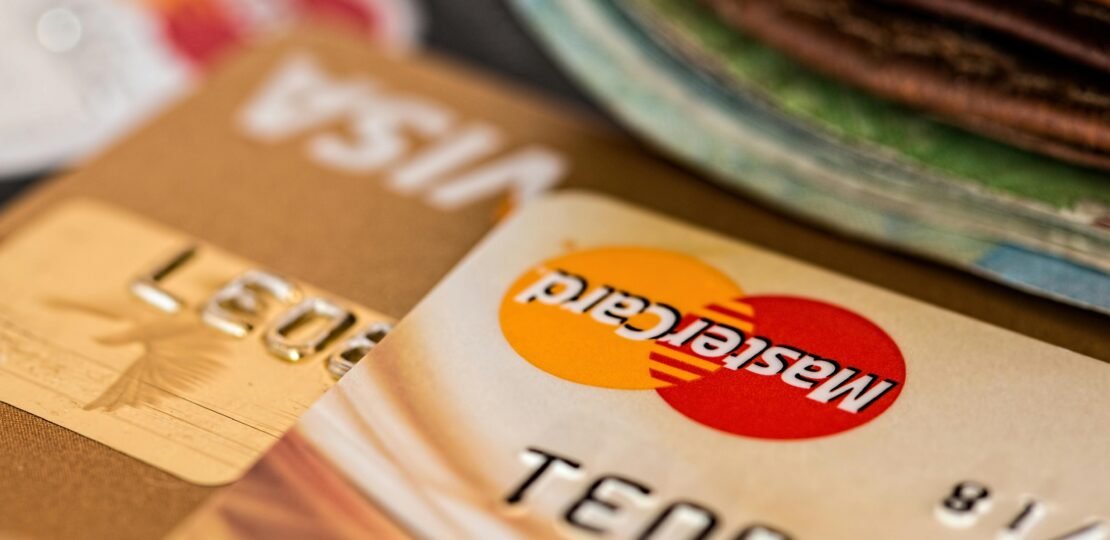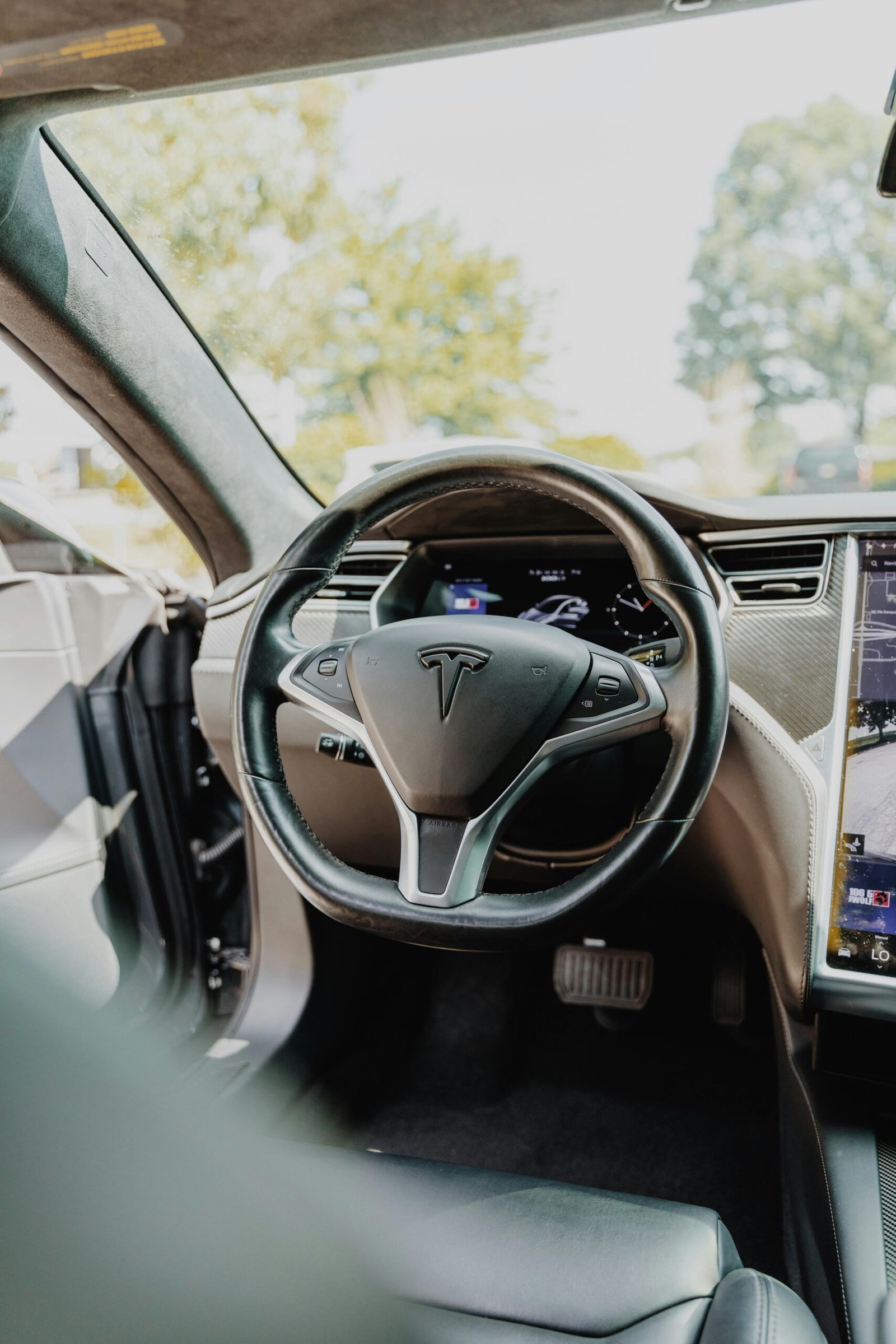India’s Digital Payment Revolution: A Template for Global Change
As digital payments evolve into strategic assets, India is setting a compelling example for other nations looking to reduce reliance on Western payment networks. While regulators globally scrutinize Visa and Mastercard over merchant fees, India has carved a different path: developing its own competitive payment networks that are gradually sidelining international card giants.
At the heart of India’s strategy is the Unified Payments Interface (UPI), a nine-year-old system that enables consumers and merchants to bypass traditional card networks by directly connecting bank accounts through QR codes and phone numbers. UPI now processes over 13 billion real-time transactions monthly—accounting for about 71% of all transactions in the world’s most populous nation—and represents 36% of consumer spending in India, according to Bernstein’s analysis.
“Assuming UPI linkage remains exclusive for RuPay cards, RuPay is likely to emerge as the dominant network for credit cards,”
{Bernstein report}
The local government is leveraging UPI’s success to reshape the credit card market with RuPay, a homegrown network. RuPay holds a critical advantage: it’s the only payment system allowed to process credit card transactions via UPI. This exclusivity, granted in 2022, is proving transformative. In fiscal year 2025’s first seven months, RuPay processed ₹638 billion ($7.43 billion) in UPI credit card transactions—nearly double from a year earlier. These now constitute 28% of all credit card sales in India, up from 10% last year, though its actual market share could be higher due to incomplete data on merchant outlet swipes.
- RuPay credit cards on UPI only charge merchants for transactions above ₹2,000 ($23.3).
- This structure appeals to small businesses that historically avoided credit cards due to merchant fees.
- India’s central bank mandates lenders allow consumers to choose their card network when taking or renewing credit cards.
- The National Payments Corporation of India (NPCI) ensures RuPay cardholders receive the same rewards as other networks.
The strategy seems effective: RuPay accounted for half of all new credit cards issued in India by June 2024, as disclosed by a lawmaker in parliament.
This phenomenal growth hasn’t gone unnoticed by global giants like Visa and Mastercard. Facing a strong governmental push and shifting consumer behaviors, these companies have adapted by partnering with fintechs to extend card support to UPI-powered terminals used by over 10 million Indian shopkeepers—a significant shift from their previous stance on engaging small merchants.
However, this response might be too little, too late. As UPI continues its meteoric rise, it is reshaping India’s digital payment landscape. Credit card market share has fallen dramatically—from 43% in 2018 to just 21% in 2024. For Visa and Mastercard, the challenge is real, and unless they pivot strategically, they risk losing further ground in one of the world’s most dynamic markets.



